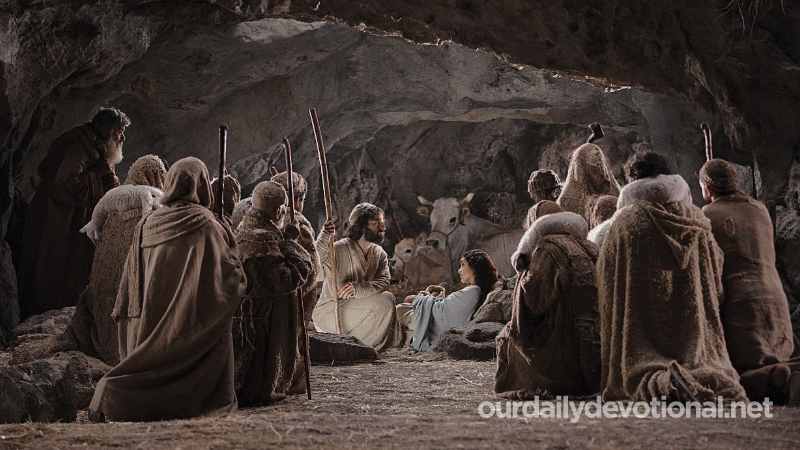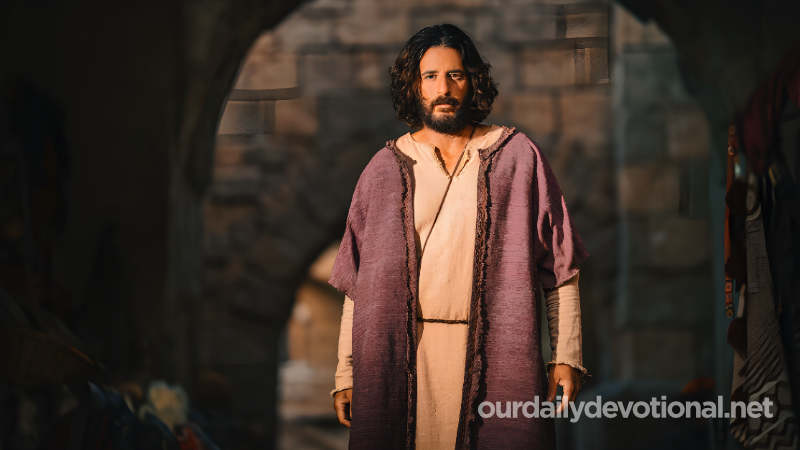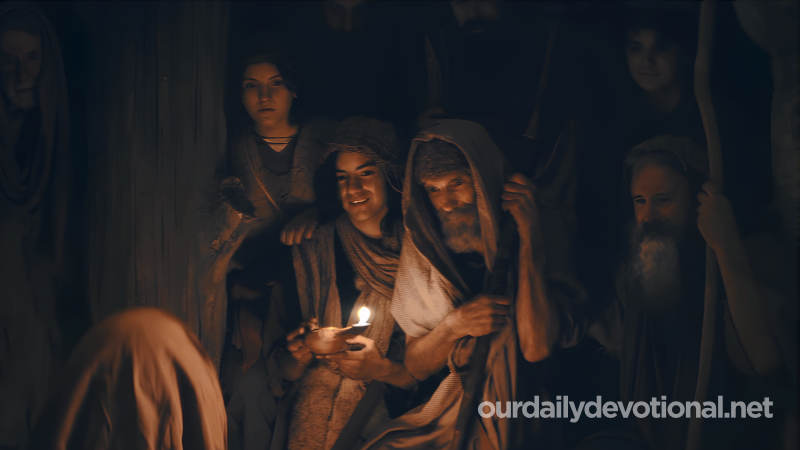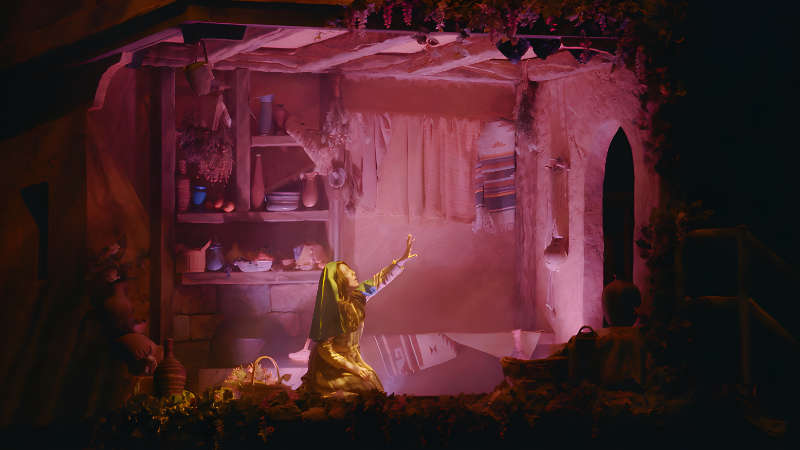Ancient city on the middle course of the Euphrates, in which Tell Hariri, 10 km north of Abu Kemal.
Since 1933, André Parrot directed excavations organized by the Louvre Museum, the results of which were surprising.
This city exhibited a brilliant civilization in the third millennium BC, following the conventional chronology.
Among other things, a temple to Ishtar, a ziggurat, and above all an immense royal palace (with an area of three hectares) have been exhumed, which includes the princes' rooms with bath rooms, etc., the government offices, and even a school of scribes.
Large wall paintings are still preserved and 20,000 tablets have also been found from the archives of the royal palace. Many of these cuneiform tablets are part of a diplomatic correspondence between the last king of Mari, Zimri-lim, with the famous Hammurabi of Babylon.
These letters of Mari, interpreted within the framework of conventional chronology, have led to the date of Hammurabi being fixed around the years 1728-1686 BC. However, Courville gives good reasons for placing Hammurabi, and thus Mari's last years, between 1430-1375.
However, the acceptance of the revised chronology leaves in place all the basic linguistic implications in relation to the previous hypotheses of the development of the art of writing and of the various literary genres, and which claimed the implausibility of the writing of the Pentateuch by Moses.
Likewise, they also illustrate the uniqueness of the biblical writings due to the sharp contrast that they present both in the moral aspect and in the hope in the one and transcendent God.
No correspondences can be found between biblical revelation and ancient literature, except at an irrelevant level.
Meaning of MARI
Ancient city on the middle course of the Euphrates, in which Tell Hariri, 10 km north of Abu Kemal.
Since 1933, André Parrot directed excavations organized by the Louvre Museum, the results of which were surprising.







